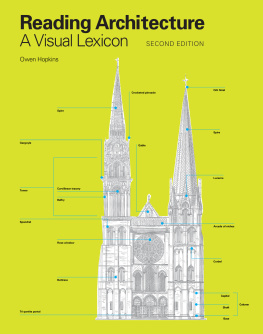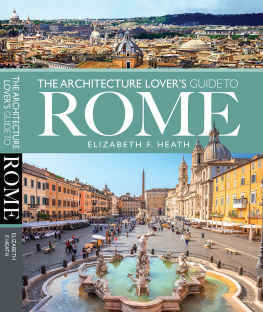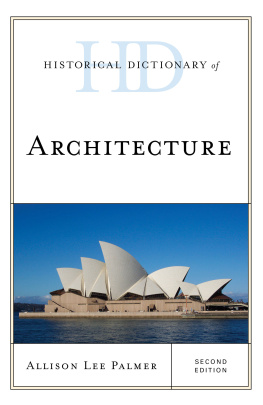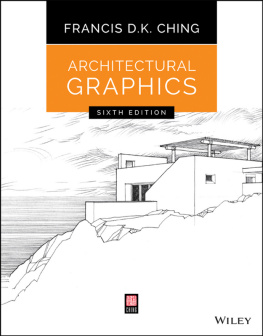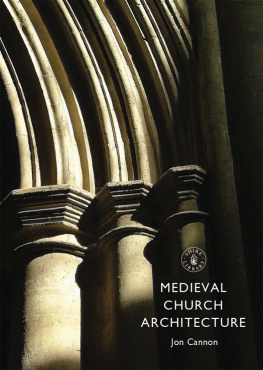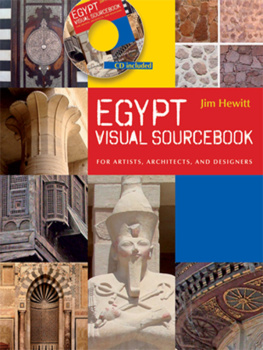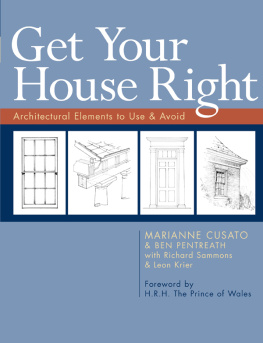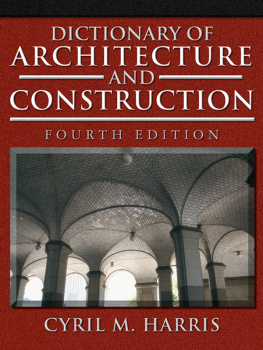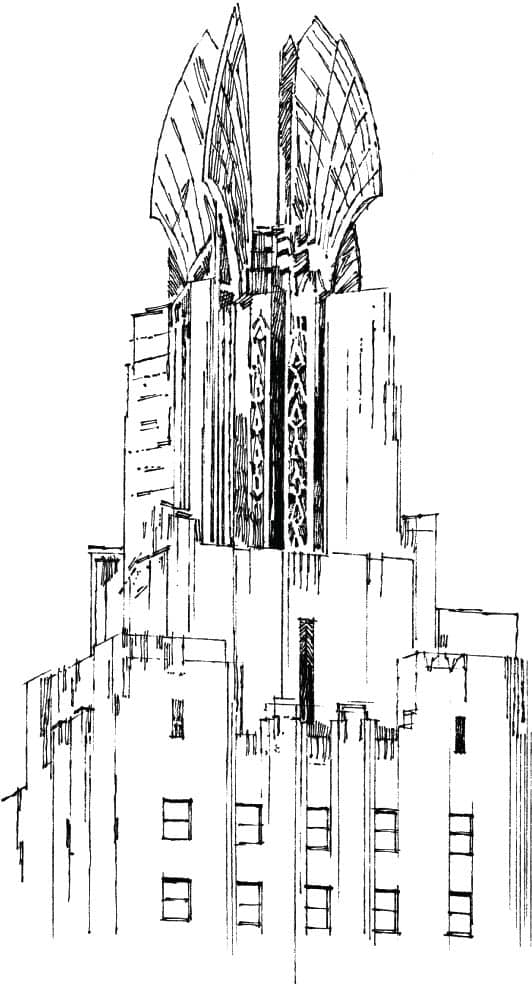Contents
Page List
Guide
Cover
architectural styles
a visual guide
Margaret Fletcher
Illustrations by Robbie Polley
CONTENTS
Church of St. Leopold, Vienna, Austria
Mortuary Temple of Hatshepsut, Deir el-Bahari, Egypt
INTRODUCTION
Architecture tells stories. Extant historic architecture allows us to reflect on and revel in the built environment of our ancestors, and to glimpse into their world. It connects us directly to our personal and collective past. Learning about architectural history allows us to travel back in time and understand more about previous cultures and civilizations, and discover what was important to their people. Was it religion? Self-expression? Cultural institutions? Urban or rural living? Wealth or family? One can stand in the footprints of Julius Caesar, Cleopatra, Shakespeare, or any unknown individual, and begin to envision how life used to be.
Looking at architecture through all periods of time is important, not only because it formulates our basic understanding of the past, but also because it enriches our understanding of how each period influenced the next. Was it a progression, a rebellion, or an outright rejection of what came before? It allows us to trace the evolution of the built environment, how architecture has changed over time, and how cross-cultural interactions have traveled across continents to spread knowledge. The relationship between architecture and culture is symbiotic: architecture impacts culture and society, and in turn culture and society impact architecture. The man-made heritage of architecture has shaped human experience, and continues to do so today.
Santa Costanza, Rome, Italy
This book organizes architecture by multiple meanstime period, location, aesthetics, cultural and societal impactall cataloged within a style. Defining architectural styles and the history of architecture has the luxury of reflection, although it should be noted that the idea of an architectural style is a relatively new concept. There is an abundance of stylistic and developmental overlap that occurs when looking at architecture over several thousand years. The very fact that we can categorize our built environment in this way reveals interesting inclinations that have developed over time. It is important to remember that style categories develop reflectively, so it is particularly challenging to discuss the development of architecture in contemporary times; this categorization has more to do with descriptive qualities than with an actual defined style because, for the moment, we lack time for reflection.
Gamble House, Pasadena, California, US
Contemporary architecture is moving at a rapid pace and its architects are often not keen to be labeled. They work within a set of objectives that are important both to the academy of architecture and to their individual clients; their work tends to fall into multiple categories and can be cataloged in a variety of ways. This book attempts to define the most compelling features of each piece of contemporary architecture, to encourage understanding of current practice. But remember, as style is a reflective process, and not the goal of a designer, these should be considered as rather fluid characterizations. At any given time in history, the people, the culture, and the architects respond to the current situation. They act in the now, the present of that time.
This book, by design, is a visual narrative that will take you on a drawn journey through history. The illustrator, Robbie Polley, has created a masterful collection of architectural drawings that transcend photography and bring a warmth and human touch to the representation of the architectural examples. Each one is constructed with a careful hand and an eye for stylistic clarity. Humans are visual creatures; we understand and remember things better if we see them. The drawings are therefore the primary feature to help you recognize associations between buildings within a certain style or period, as well as contrasts between different styles or periods. Each period discussed uses drawn examples to help you to assimilate visual elements and features, and begin to learn and identify the nature of each of the architectural styles in the buildings you may see day-to-day. Perhaps they will also inspire you to draw during your own architectural adventures!
The written descriptions aim to provide direct, clear, and concise information for each example. While there are moments of specificity, the objective here is to give enough information to put each example within historic and stylistic context, and to present a broad visual and textual narrative of the history of architectural styles and design.
Ad Deir, Petra, Jordan
Okochi Sanso Villa, Kyoto, Japan
The book is organized into five sections, four of which are focused on time-based architectural styles: Ancient and Classical, Medieval and Renaissance, Baroque to Art Nouveau, and Modern and Contemporary. Each of these sections is broken down into design styles and outlines the defining characteristics of each style. The final part of the book focuses on elements related to all styles of architecturedomes, columns, towers, arches and arcades, doorways, windows, pediments and gables, roofs, vaulting, and stairwayseach of which are represented with rich, drawn examples from multiple periods and styles.
This book is designed for architectural enthusiasts, history buffs, travelers, students, or anyone who is curious about buildings and their environment. I hope it will enable you to journey through time and identify architectural features, classify buildings into specific architectural styles, recognize the relationships between periods and styles, understand the development of architectural elements, experience other cultures and places, and consider the deep relationship we all share with the buildings we inhabit.
Empire State Building, New York City, New York, US



